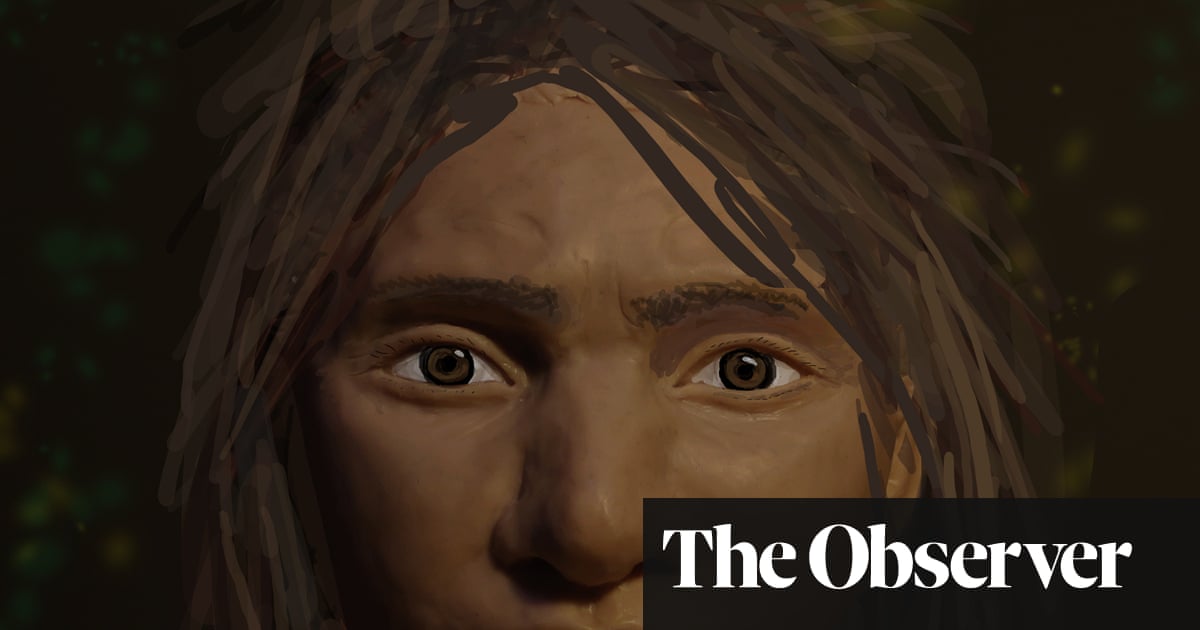Researchers have found fresh evidence that may connect the mysterious Denisovans to the early human species Homo longi
They remain one of the most elusive groups of humans to have walked on earth. Evidence from the DNA traces left by Denisovans shows they lived on the Tibetan plateau, probably travelled to the Philippines and Laos in south Asia and might have made their way to northern China more than 100,000 years ago. They also interbred with modern humans.
What Denisovans looked like or how they lived has remained a mystery, however. Only a jaw fragment, a few bits of bone and one or two teeth provide any evidence of their physical characteristics.
Their DNA, which was first found in samples from the Denisova cave in Siberia in 2010, provides most of our information about their existence.
But recently scientists have pinpointed a strong candidate for the species to which the Denisovans might have belonged. This is Homo longi – or “Dragon man” – from Harbin in north-east China. This key fossil is made up of an almost complete skull with a braincase as big as a modern human’s and a flat face with delicate cheekbones. Dating suggests it is at least 150,000 years old.


